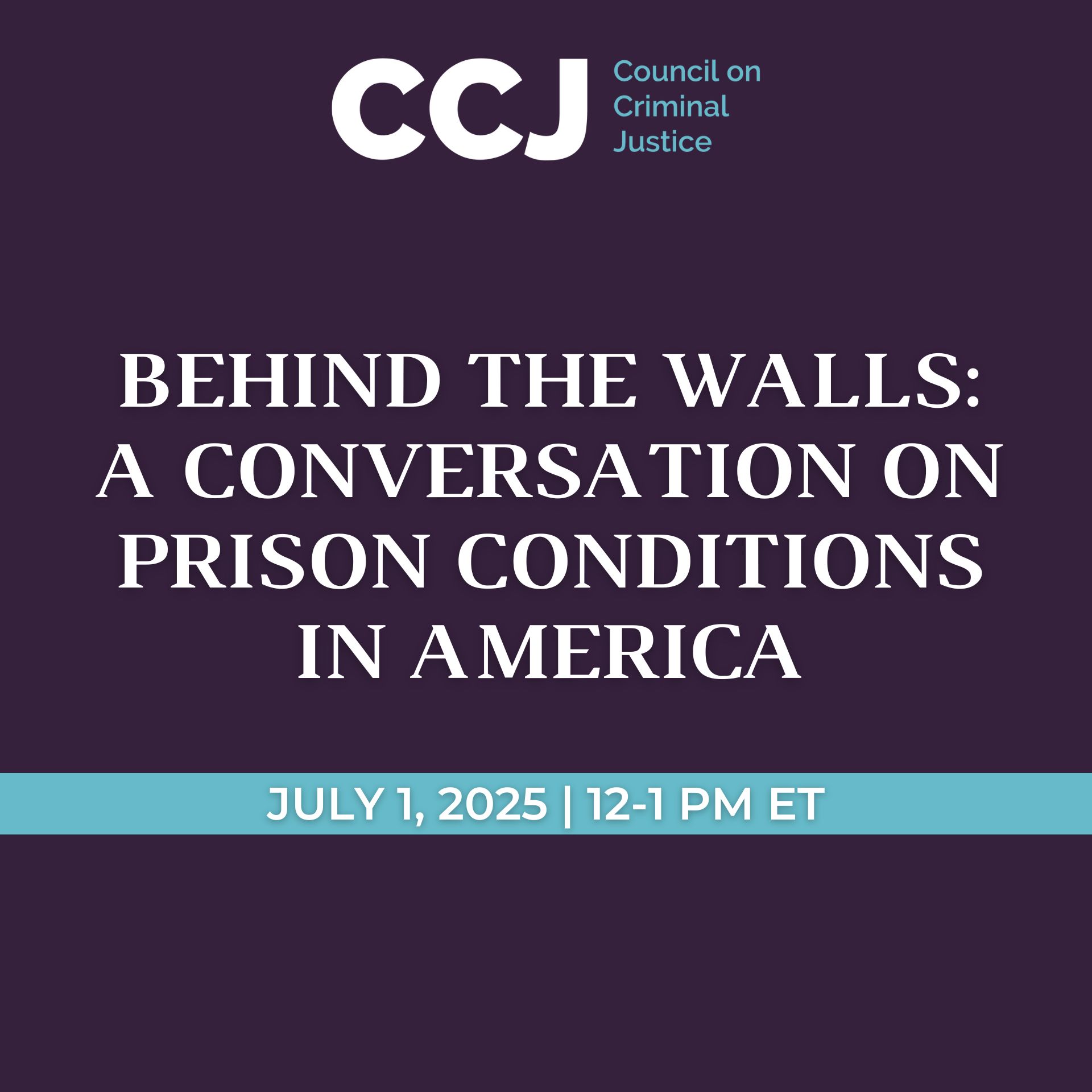October 18, 2023
By Richard Rosenfeld, Chair, and Janet Lauritsen, Member
CCJ Crime Trends Working Group
The United States has two primary ways of measuring the nation’s crime rate: the FBI’s Uniform Crime Reports (UCR) and the Bureau of Justice Statistics’ National Crime Victimization Survey (NCVS). Earlier this week, the FBI released 2022 UCR data that showed a drop in the nation’s violent crime rate. There is little doubt that murder declined last year, but NCVS data released in September showed that total violent crime victimization rose in 2022. The divergence between the nation’s two crime measures makes it uncertain whether violent crime actually went up or down in 2022.
UCR Data
The FBI’s UCR statistics reflect crimes reported by the public to police. The UCR data for 2022 are from more than 80% of the nation’s law enforcement agencies covering more than 90% of the population. That data showed a 2% drop in the nation’s violent crime rate, from 387 violent crimes per 100,000 residents in 2021 to 380.7 in 2022. (The source used here for the UCR data is the FBI’s Crime Data Explorer. A separate FBI publication, Crime in the Nation, 2022, presents somewhat different estimates of the percentage change in UCR crime rates between 2021 and 2022.)
UCR violent crimes consist of murders, robberies, aggravated assaults, and rapes known to the police. Aggravated assaults constitute the great majority of violent crimes, and the UCR aggravated assault rate fell by 2%, from 272.2 aggravated assaults per 100,000 residents in 2021 to 268.2 in 2022. The rape rate decreased by 6%, from 42.4 rapes per 100,000 in 2021 to 40 in 2022, while the robbery rate rose slightly from 65.5 to 66.1, a 1% increase. Homicides are the most serious of the violent crimes and, fortunately, the rarest. The 19,200 homicides in 2022 made up less than 2% of the approximately one million violent crimes known to the police that year. The homicide rate fell by 7% between 2021 and 2022, from 6.8 to 6.3 homicides per 100,000.
NCVS Data
Most crimes are not reported to the police. To help account for the omissions, the National Crime Victimization Survey measures crime in a nationwide household survey of respondents ages 12 and over. In contrast to the modest drop shown in the FBI’s violent crime data between 2021 and 2022, the NCVS shows a large increase in violent victimization over the same period.
The NCVS data include both crimes that were reported to the police and those that were not. The survey’s serious violent crime rate is composed of rape and sexual assault, robbery, and aggravated assault (homicide is not measured in the NCVS). It rose from 5.6 to 9.8 violent crimes per 1,000 population age 12 and older between 2021 and 2022, an increase of 75%. The NCVS aggravated assault rate more than doubled, from 2.7 per 1,000 in 2021 to 5.5 per 1,000 in 2022. The rape and sexual assault rate also rose, from 1.2 to 1.9 victimizations per 1,000, a 58% increase, and the robbery rate increased as well, from 1.7 per 1,000 in 2021 to 2.5 per 1,000 in 2022—a jump of 47%.
Exploring the Divergence
Both too much and too little can be made of the divergence between the UCR and NCVS violent crime rates in 2022. Divergent change in a single year should be viewed in the context of the similar long-term trends in the two indicators—and both sources show an appreciable decline in violent crime since the early 1990s.
That said, changes in the UCR and NCVS violent crime rates have rarely differed as much as they did last year. Part of the reason might be that fewer violent crimes were reported to the police in 2022 than in 2021. Recall that the UCR data are based on crimes known to the police, whereas the NCVS data include both reported and unreported crimes. Approximately 52% of serious violent crimes were reported to the police in 2021 and 48% in 2022, a relative decrease of nearly 8%. The decline in reporting crimes to the police was particularly large for aggravated assault, falling from 61% in 2021 to 50% in 2022, a decrease of 18%.
What might account for this decline in reporting violent crimes to law enforcement? There are several possible explanations. Police response times have increased in many cities as officer staffing levels have fallen. Aware of such delays, residents may have responded by reporting fewer assaults. Declining trust in or increasing fear of the police may have played a role as well, especially for Black victims, although according to the NCVS Black victims were no less likely than White victims to report criminal victimizations to the police in 2022.
Other reasons for the discrepancy may result from the different populations covered by the two data sources. As a household-based survey, the NCVS does not include people who are homeless or those who live in institutions such as prisons, jails, and nursing homes. It also excludes crimes of violence against persons under 12 years of age. If persons included in the survey have experienced changes in violence that differ from the changes experienced by those excluded from the survey, that could help account for some of the divergence in violence rates. Further analyses of both the UCR and NCVS data are necessary to assess these and other potential differences in the ways the two series measure violent crime and victimization.
The conflicting signals from our major statistical systems for measuring crime mean we cannot conclude with confidence whether violent crimes, other than homicide, went up or down in 2022. The decline in the nation’s homicide rate is the good news in an otherwise confusing story about where the nation’s violent crime rate is heading. Yet, the benefits of having two complementary measures to gauge changes in the nation’s crime rates—one based on police data and the other on victims’ accounts—are considerable, even when they occasionally disagree.
Richard Rosenfeld, Curators’ Distinguished Professor Emeritus at the University of Missouri-St. Louis, is a nationally renowned criminologist whose research interests include the social sources of violent crime, crime statistics, and crime control policy. A fellow and former president of the American Society of Criminology, he is chair of the Council on Criminal Justice Crime Trends Working Group.
Janet Lauritsen, Curators’ Distinguished Professor Emerita at the University of Missouri-St. Louis, is a fellow and former president of the American Society of Criminology whose scholarship focuses on the causes and consequences of victimization, the social and historical contexts of crime and victimization, and quantitative research methodologies and data. She is a member of the Crime Trends Working Group.



